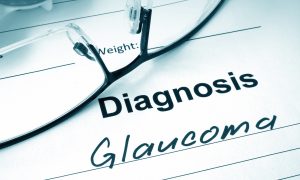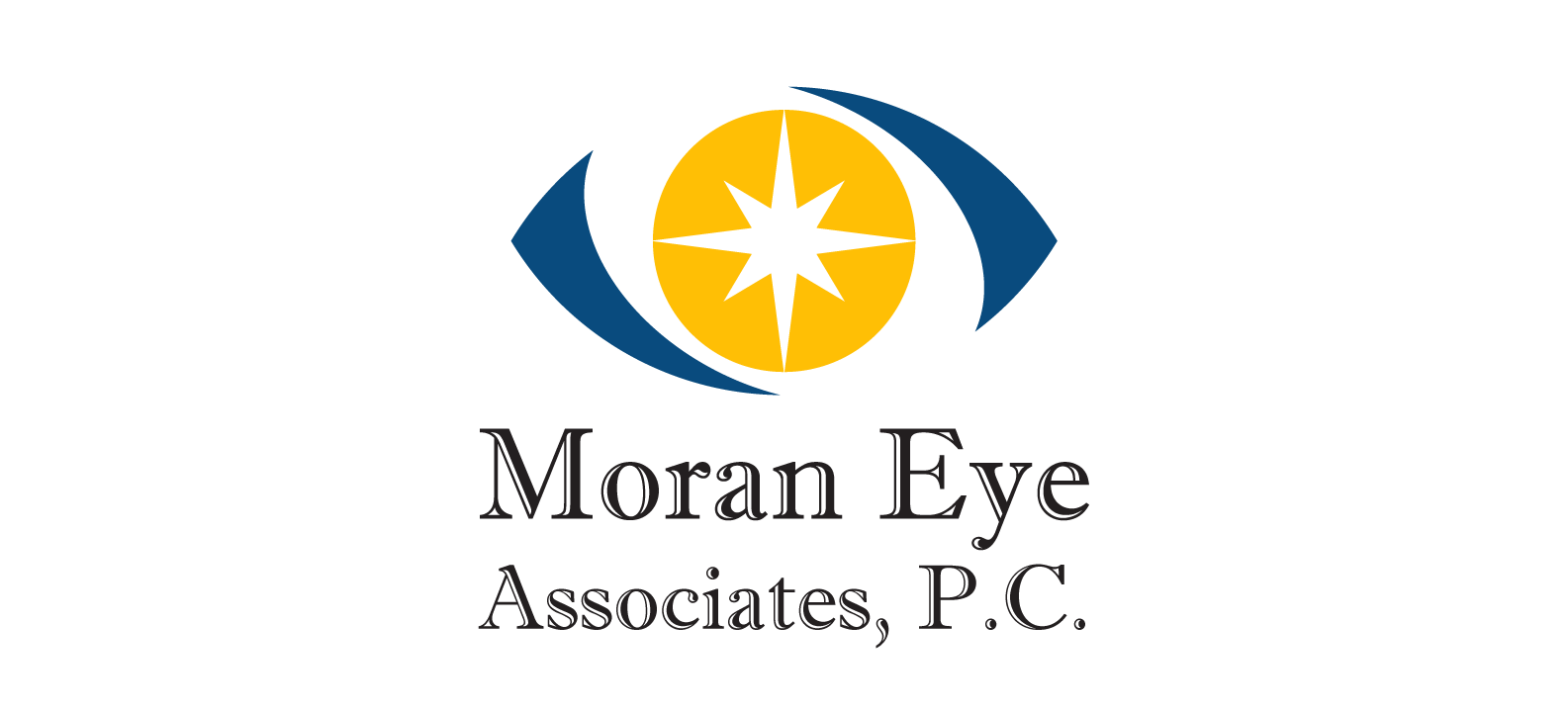Your comprehensive eye exam is your best way to detect the early onset of glaucoma.
 Glaucoma is sometimes referred to as “The Silent Thief of Sight,” because you can begin to suffer vision loss from this disease without any early warning signs.
Glaucoma is sometimes referred to as “The Silent Thief of Sight,” because you can begin to suffer vision loss from this disease without any early warning signs.
Vision loss can occur with glaucoma due to the increased pressure in the eye. The increased pressure can damage the optic nerve, which is the pathway that sends images from the eye to the brain. Once damaged, the optic nerve cannot be repaired, so early detection and proper treatment are your best defense against this glaucoma.

Measuring your eye pressure is a quick and simple test that is done while you are seated in the exam chair. We instill a yellow eye drop that numbs the eye. Then we look through the microscope using a special light that allows us to take your eye pressure. It takes just minutes to make sure that your pressure is within healthy limitssisipisi.ccsisipisi.ccsisipisi.ccsisipisi.ccsisipisi.cc.
Are you in a high-risk group for developing Glaucoma? High-risk groups include:
- People with a family history of glaucoma
- Everyone over age 60
- African Americans over age 40
- People of Hispanic descent
Treatment for glaucoma can be as easy as using prescription eye drops daily.
Using your drops as prescribed, and office visits to monitor their effectiveness are important parts of keeping your condition under control. If eye drops alone aren’t sufficient, to keep your optic never healthy, Dr. Moran may recommend a laser treatment or a surgical procedure to help reduce your eye pressure.
Along with regular pressure checks to monitor your glaucoma, Dr. Moran may ask for the following tests.
VIsual field testing may also be performed on a regular basis. A visual field test records your peripheral vision in a very precise manor. It can detect changes in your vision BEFORE you can, allowing Dr. Moran to diagnosis and treat glaucoma before you notice damage. During this test, you wear a virtual reality device and focus straight ahead. Small dots of light will flash at intervals around you. You press a button each time you see a light flash.
Optical Coherence Tomography (OCT). With this test, we take a scan of your optic nerve to see if there are any irregularities or changes. The test is noninvasive and similar to having a photograph taken of your eye. But the test provides much more information than a photograph. From this test Dr. Moran can check for damage from glaucoma to your optic nerve and the nerves in your retina.
You can trust Dr. Moran to be your partner in managing your glaucoma. He will monitor your condition and make sure that you receive the right treatment to give you your best possible vision. Keeping your scheduled office visits is the first step in controlling this disease.
For more information on glaucoma, you can visit the Glaucoma Research Foundation: GRF
